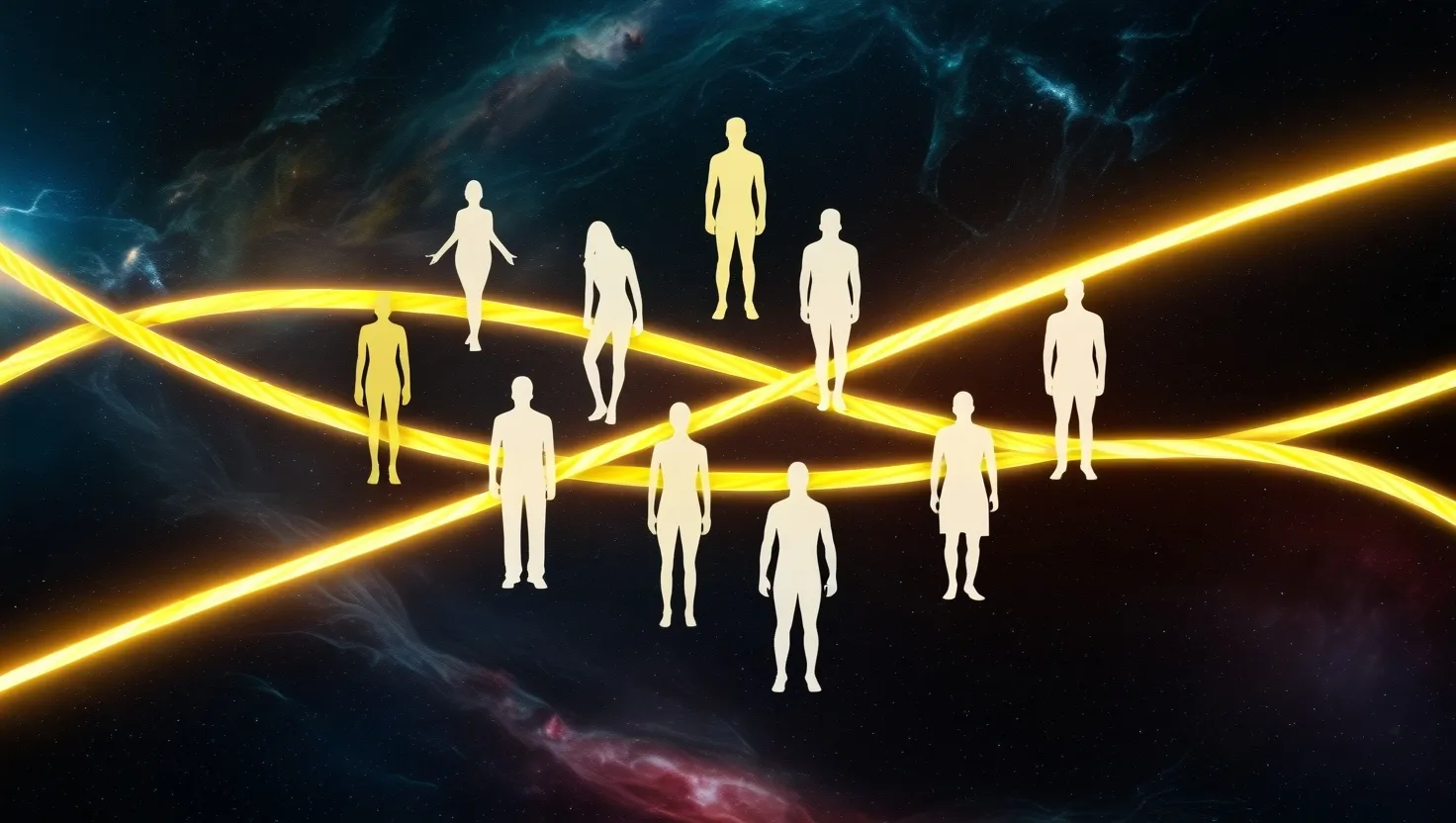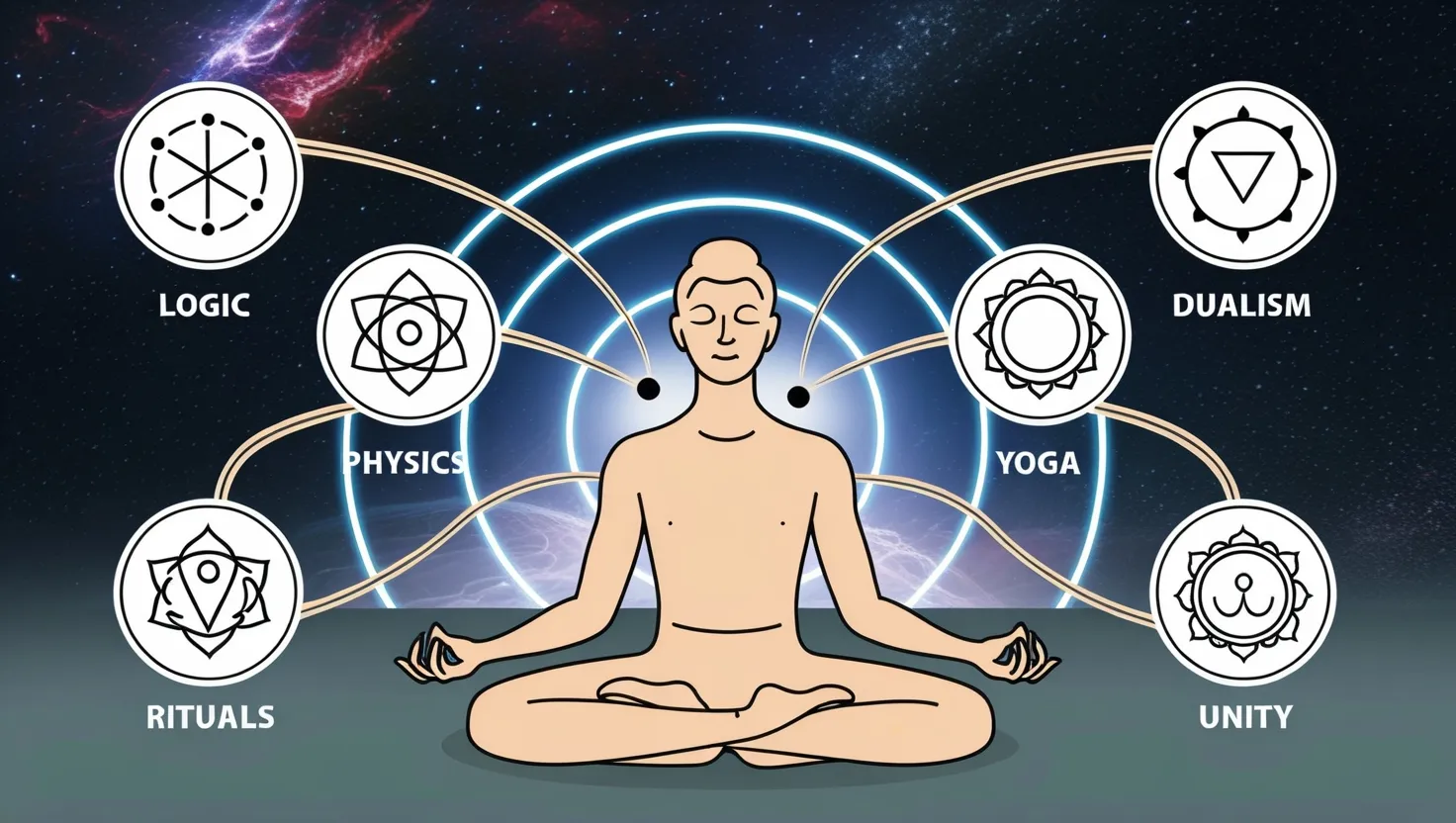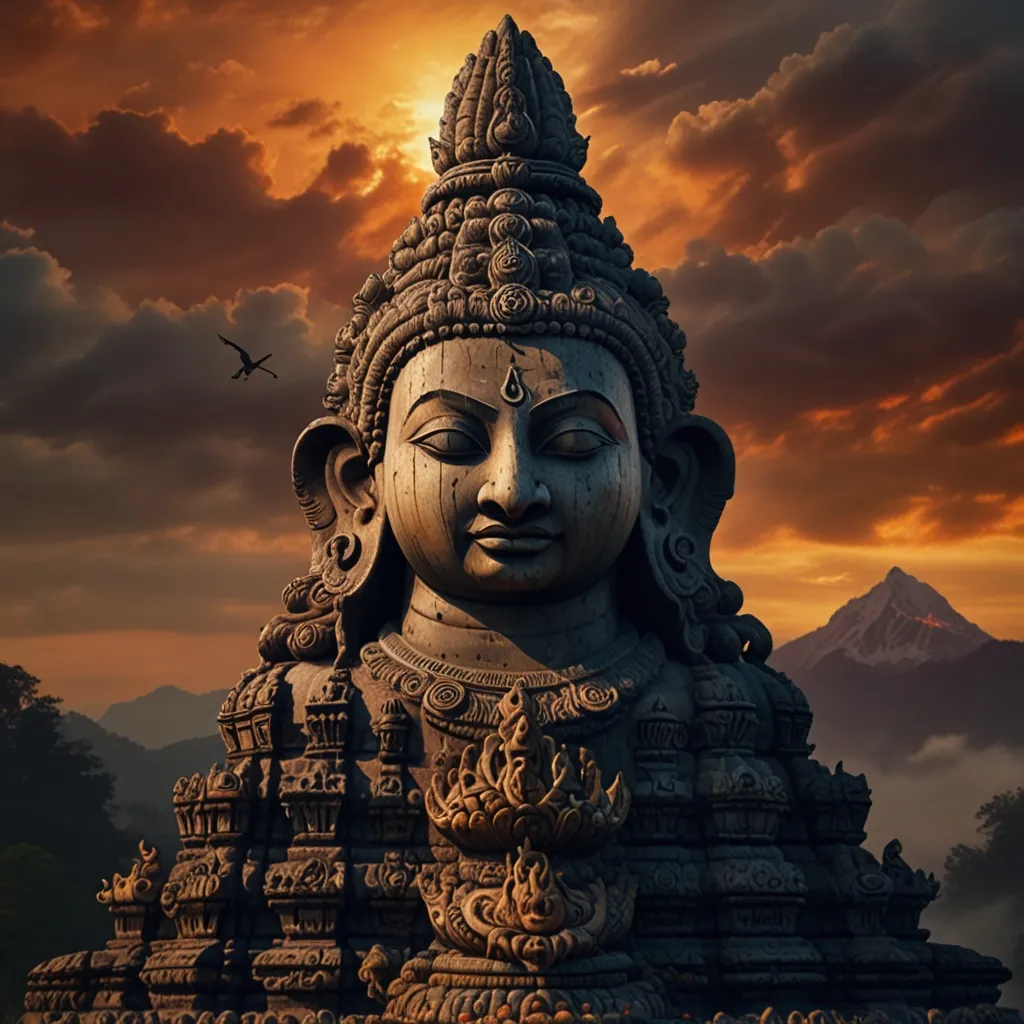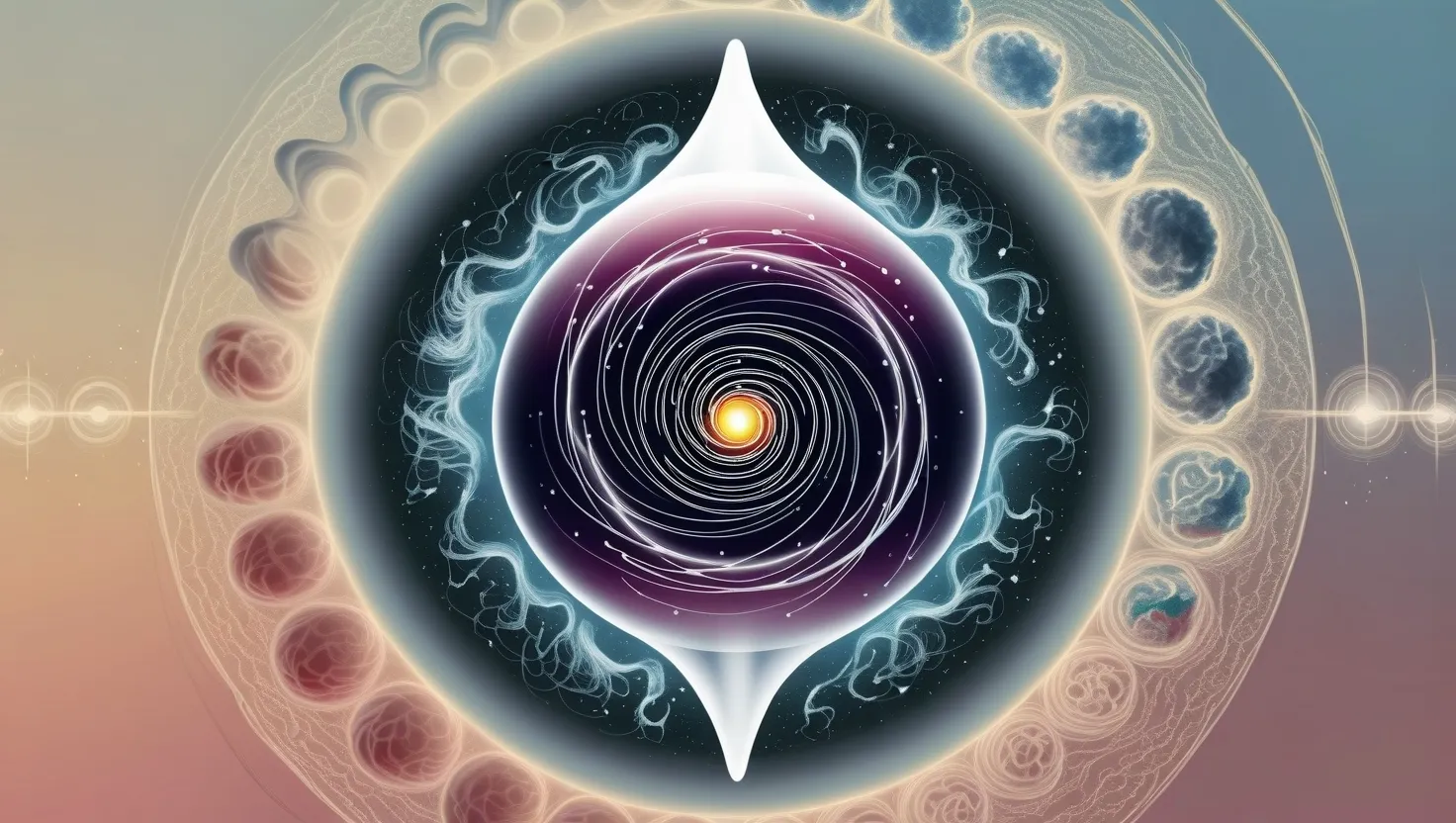As we delve into the intricate world of Sanskrit poetics, we find ourselves at the threshold of a concept that has been a cornerstone of Indian literary theory for centuries: Vyanjana. This term, often translated as “suggestion” or “implication,” reveals the subtle and powerful ways in which words can evoke emotions, ideas, and meanings that transcend their literal sense.
In the realm of Sanskrit poetry, Vyanjana is not just a literary device; it is the very soul of the poem. It is the bridge that connects the artist’s imagination with the reader’s interpretation, allowing the reader to uncover layers of meaning that are not immediately apparent. This concept was first systematically explored by Anandavardhana in his seminal work, Dhvanyaloka, where he introduced the idea that the suggested sense, or Vyanjana, is what distinguishes great literature from the ordinary.
To understand Vyanjana, we must first grasp the three kinds of meaning that words can convey. The primary meaning, known as Vacya-artha, is the literal or dictionary meaning of a word. The secondary meaning, Lakshya-artha, is the figurative or implied meaning that arises when the primary meaning fails to convey the intended sense. However, it is the third kind of meaning, Vyangya-artha or Vyanjana, that truly brings poetry to life. This suggestive sense is what allows words to imply more than what they literally say, creating a rich tapestry of interpretations.
In Hinduism, Vyanjana is particularly significant in the context of Kavya, or poetic literature. Here, it is not just about conveying information but about evoking a specific emotional response or Rasa. The poet’s role is to suggest these emotions through the careful selection and arrangement of words, rather than stating them outright. This suggestive power is what makes poetry a profound aesthetic experience, capable of touching the heart and mind of the reader in ways that direct communication cannot.
The concept of Vyanjana is also deeply intertwined with the idea of Dhvani, or the resonant sound of words. Dhvani is the murmur or echo that words leave in the mind, a sound that is both physical and metaphysical. It is through this resonance that Vyanjana operates, creating a harmony between the spoken word and the implied meaning. This harmony is what makes poetry not just a form of expression but an experience that can be felt deeply.
In drama, as outlined in the Natyashastra by Bharata Muni, Vyanjana plays a crucial role in enhancing the artistic expression. Here, it is not just about the words themselves but about how they are delivered and interpreted. The actor’s performance, the playwright’s script, and the audience’s reception all come together to create a suggestive experience that goes beyond the literal meaning of the dialogue.
Vyanjana is not limited to poetry and drama; it also finds its place in spiritual texts. In the Bhagavata Purana, for example, the suggested sense of words is used to convey spiritual truths and moral lessons. The Purana uses Vyanjana to imply deeper meanings that are not immediately apparent, inviting the reader to reflect and interpret the text on multiple levels.
The types of Vyanjana are varied and complex, ranging from simple implications to complex emotional resonances. In its simplest form, Vyanjana can be a hint or a suggestion that adds a layer of meaning to a word or phrase. However, it can also be a powerful tool for evoking complex emotions and ideas, such as love, sorrow, or spiritual enlightenment.
One of the lesser-known aspects of Vyanjana is its connection to the concept of Riti, or the style of composition. Vamana, a pioneer of the Riti Siddhanta, emphasized that the style or manner of composition is the soul of poetry. According to him, Riti is the particular structure of sounds combined with poetic excellence, and it is through this structure that Vyanjana operates, suggesting meanings and emotions that are integral to the poem.
The significance of Vyanjana extends beyond the realm of literature; it offers practical wisdom for enhancing our own communication and interpretation skills. By understanding how words can suggest more than their literal meaning, we can become more nuanced communicators and more empathetic listeners. This skill is particularly valuable in today’s world, where clear and effective communication is more crucial than ever.
In exploring Vyanjana, we also gain insights into the nature of perception and the subtle workings of the mind. Ancient Indian thinkers viewed language not just as a tool for information but as a gateway to profound aesthetic and spiritual experiences. They recognized that words have the power to evoke emotions, create connections, and convey complex ideas in ways that are both subtle and powerful.
As we delve deeper into the world of Vyanjana, we find that it is a concept that transcends cultural and temporal boundaries. It speaks to the universal human experience of seeking meaning and connection through language. Whether you are a literature enthusiast, a student of linguistics, or simply curious about different approaches to understanding meaning, the journey into Vyanjana promises to reveal new layers of significance and depth in your quest for deeper understanding.
In essence, Vyanjana is a reminder that language is not just about words; it is about the spaces between words, the echoes they leave, and the meanings they suggest. It is a testament to the power of suggestion and the human mind’s ability to interpret and create meaning. As we continue to explore this intricate world, we may find that the true magic of language lies not in what is said, but in what is suggested.






